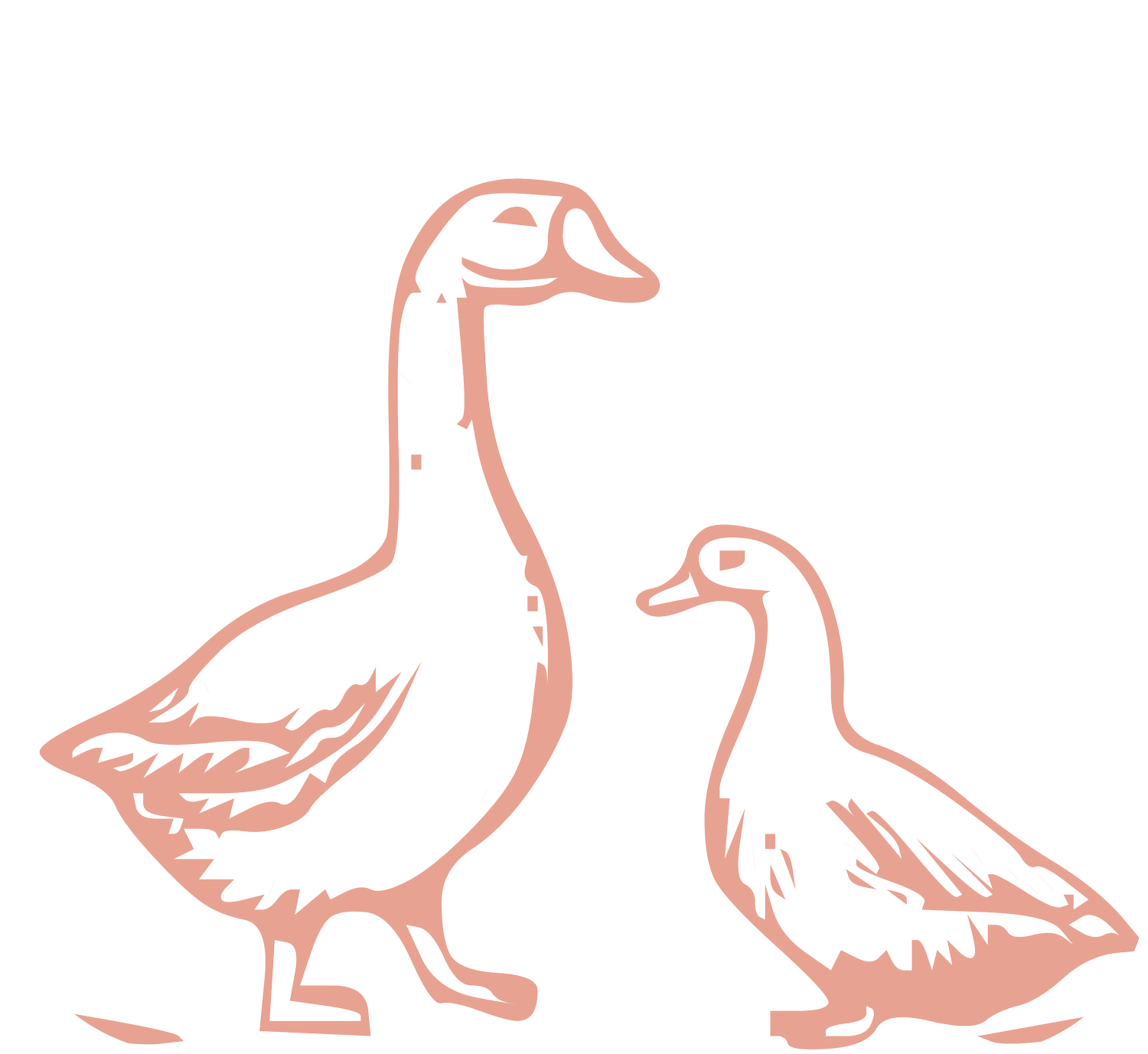Why I Tell My Clients To Ditch Their Nursing Pillows
As both a doula and a mother, I've witnessed and experienced firsthand the beauty and challenges of breastfeeding. It's a time of connection, nourishment, and bonding between mother and baby. However, many mothers struggle to navigate through breastfeeding as soon as the pain and discomfort begins. The main issue I’ve seen is connected with the use of nursing pillows along with the way mothers are taught to nurse.
After much research, I came across a new method that is backed by years of research — I recommend my clients embrace a different approach - the Thompson Method.
Let’s explore why I advocate for ditching the nursing pillow and opting for a more natural and effective way to nurse.
The Downside Of Nursing Pillows:
Nursing pillows have become a staple for breastfeeding mothers for years. However, they come with their fair share of challenges. They often don't provide adequate support, leaving mothers in uncomfortable positions that can lead to pain and discomfort.
Additionally, the rigid structure can force the baby into an unnatural feeding position, making it harder for both mother and baby to find their optimal comfort zone.
Introducing The Thompson Method:
The Thompson Method is a revolutionary approach to nursing that embraces a more organic and comfortable experience. It encourages mothers to ditch the nursing pillow and focus on finding a relaxed and natural position that suits their unique body and breastfeeding needs.
By allowing the baby to find their latch and positioning without the constraint of a pillow, both mother and baby can experience a more comfortable and enjoyable feeding experience.
Benefits Of The Thompson Method:
a) Reduced Stress: Nursing can be stressful, and battling with a nursing pillow only adds to that stress. By adopting the Thompson Method, mothers can let go of the struggle and trust their bodies and their baby's instincts, creating a more relaxed and nurturing environment. BONUS: When a mother is fully relaxed during a feed, tension releases and the “after pains” become far less painful!
b) Improved Comfort: With the Thompson Method, mothers can find their comfortable positions, adjust their bodies and support their baby's latch without the limitations of a pillow. No need to fight for the perfect size, type, and position of the pillow! This freedom of movement can alleviate pain and discomfort, promoting a more enjoyable nursing experience.
c) Enhanced Bonding: The Thompson Method encourages a deeper connection and bonding between mother and baby. Allowing the baby to self-latch and follow their instincts which strengthens the bond between the two. It fosters a nurturing and loving environment.
d) Reduced Pain and Bleeding: Nursing pillows can sometimes contribute to pain and bleeding for new mothers. By ditching the pillow and embracing a more natural approach, the risk of discomfort and nipple trauma is significantly reduced, promoting healing and overall well-being.
It’s time to ditch!
Breastfeeding is a remarkable and intimate experience between a mother and her baby. Embracing the Thompson Method and ditching your nursing pillow can offer you the things all mothers need.
As a doula, I wholeheartedly recommend exploring this alternative approach to nursing, so many of my clients have made the switch and have had incredible results. I didn’t learn about it until after my recent baby was done breastfeeding, but I cannot wait to try it out myself! I have already gotten rid of my pillow in readiness to embrace the freedom and joy of the Thompson Method.
*Remember, every mother's journey is unique, and what works for one may not work for another. Trusting your instincts, listening to your body, and seeking support are essential.
There is so much more to the Thompson Method than ditching your pillow, book a Breastfeeding Support Session with me to not only ditch your pillow but to ditch the pain and discomfort too!
